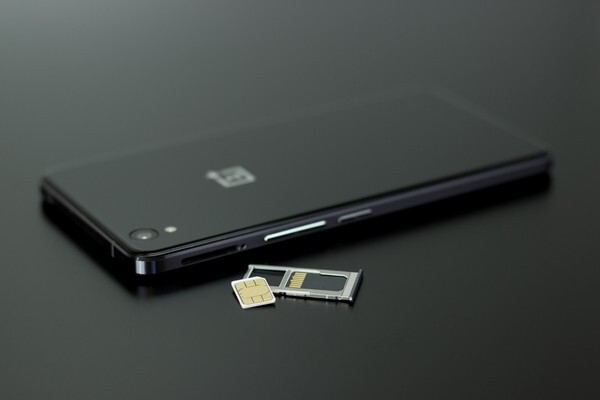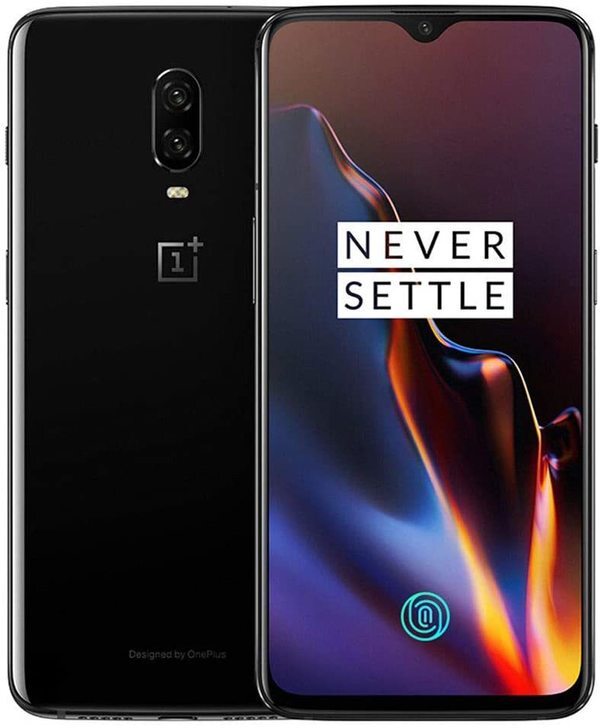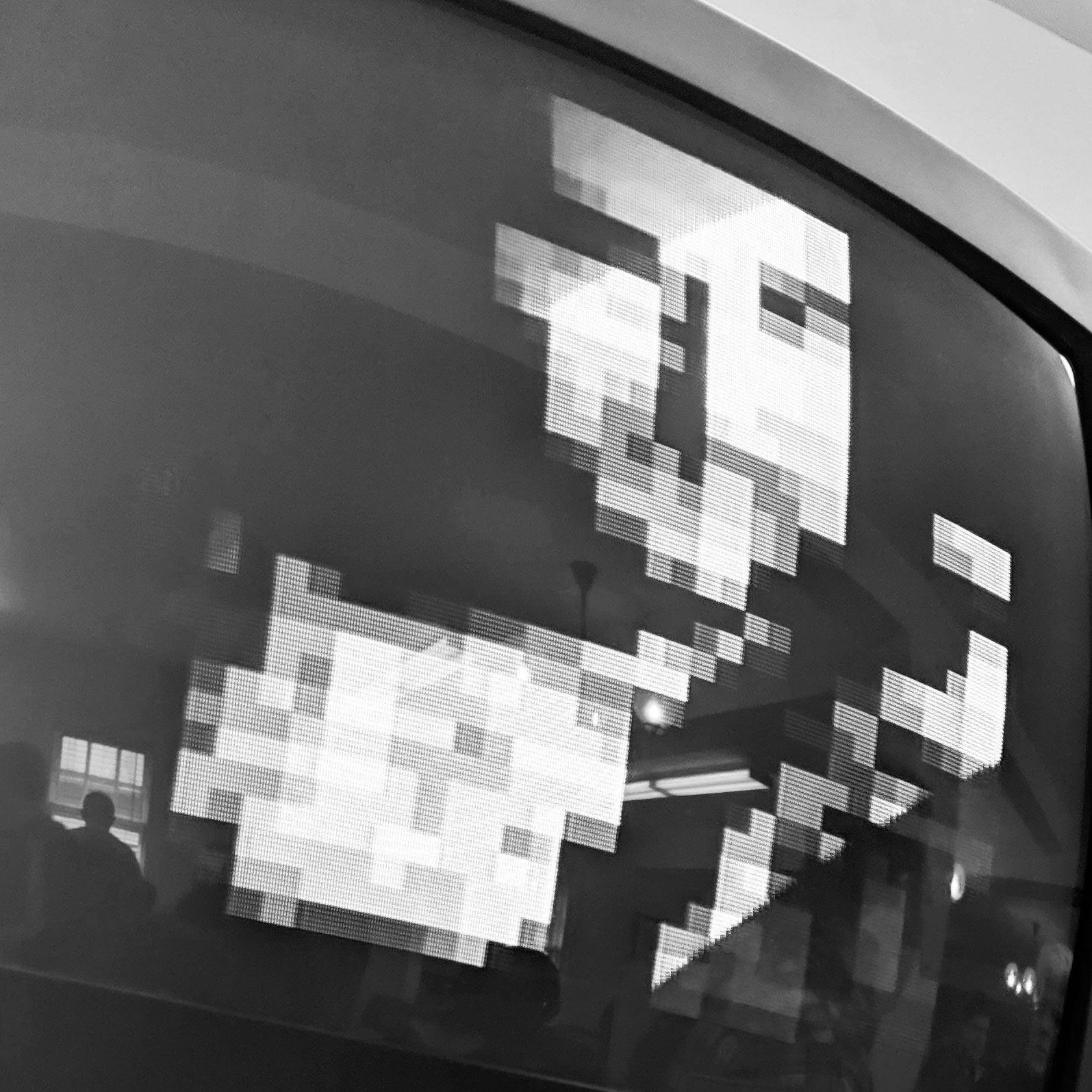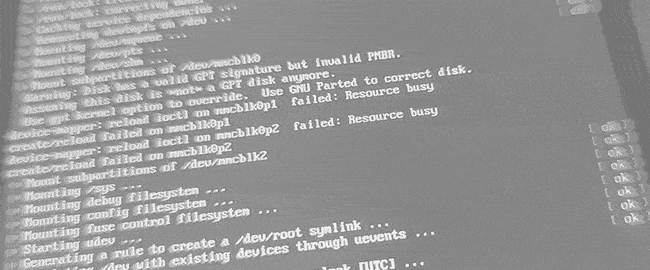
(via pxhere)
I remember the day that after nearly a decade of full commitment to the iOS ecosystem, I became an Android convert.
I walked into a T-Mobile store, and made the realization that, after looking at all the iPhones on display, I would have to spend a lot more than I was planning to spend just to get an OLED screen and a phone that matched the size of the device whose screen I recently busted. (A classic example of a company changing its strategy and leaving its users with nowhere to go.)
But there was this other phone on the other side of the store, by itself, that seemed to have everything I was hoping to get from a new iPhone, plus a smaller notch, and (importantly) a cheaper price.
And that was how I switched over to Android. A lot of folks who knew me were surprised, and honestly I kind of was, too. But the fact of the matter is, it was a good phone at a good price and it felt like I couldn’t critique Android unless I actually embraced its ecosystem for a while.

The OnePlus 6T was the first OnePlus phone to be given a spot in a mobile carrier’s retail stores. I noticed.
Now, I caught onto the OnePlus hype train way later than a lot of other folks, but the OnePlus 6T, the device I bought that day, was something of a sweet spot for the company—still a reasonably low price, but also packed with innovation. The first in-screen fingerprint sensor in a phone in the United States. And a decent speed and screen.
Sure, the haptic engine kind of sucked, and the speaker was whisper quiet, but it was a good phone and exactly the perfect intro to the Android ecosystem. OxygenOS, its custom take on Android, is fairly devoid of bloat, which is nice, and the company kept improving. Every time I upgraded, I told myself I’d be switching back to iOS; every time, I ended up going with OnePlus. Now the phones are nearly as expensive as the devices that made me balk three years ago, and yet I’m still using OnePlus.
But the recent news about OnePlus as a company has me admittedly nervous. Basically, the company’s CEO, Pete Lau, revealed the company would further integrate with its sister brand OPPO, which already produces devices with similar designs.
(Some additional context here: The Chinese-operated OnePlus was born as something of a spinoff of OPPO and are two of the many brands sold within the BBK Electronics conglomerate. BBK is kind of like the General Motors of phones, except Chinese. Which makes me realize this whole newsletter is kind of like me complaining about Pontiac having lost its way.)
While Lau—who recently moved into a role overseeing OPPO as well as OnePlus—said that OxygenOS would remain a distinct part of OnePlus’ identity, early signs seem to suggest that may not be the case.
Already, concerns about the upgrade path for OxygenOS are starting to emerge: C. Scott Brown of Android Authority even went so far as to write a piece titled “The rise and fall of OxygenOS,” which started with a quote from The Dark Knight used by Marques Brownlee just a few months ago to describe OnePlus: “You either die a hero or live long enough to see yourself become the villain.”
As C. Scott Brown put it:
It can’t be overstated how fast OnePlus went from niche brand to global player. The company only turned seven years old in December! That breakneck growth speed would be difficult for anyone to navigate.
However, we also can’t ignore how quickly OnePlus has been shedding its own identity in an effort to be more synergistic with Oppo. It also has become quite clear that Oxygen OS has taken a backseat as far as priorities go for OnePlus. The OnePlus 7 series from 2019 didn’t get Android 11 until six months after it launched. Even then, it was missing core features and filled with bugs. Today, the OnePlus 7 series still hasn’t seen always-on display support, something that has truly upset the fan base.
This all raises the question: Did OnePlus succeed at its goal of making inroads into the U.S. and European markets? Was the goal to make these devices hit Samsung scale, and because they didn’t do that, is the foot off the gas?
I’m not sure. But it’s a little sad that the perceived little-guy phone maker that won folks over with a focus on features and price is now seemingly not as unique as it once was.
Time limit given ⏲: 30 minutes
Time left on clock ⏲: 4 minutes, 26 seconds



